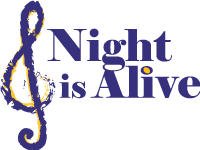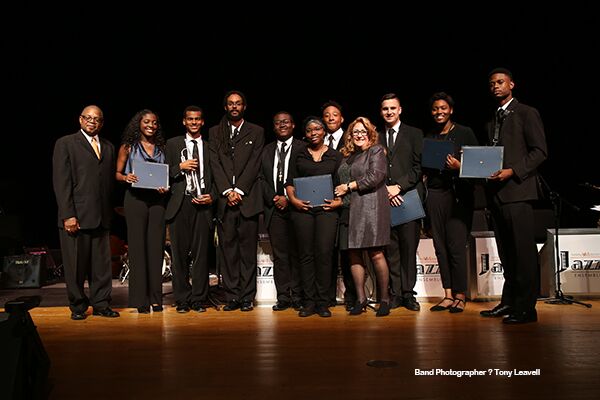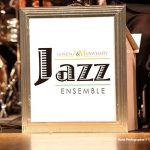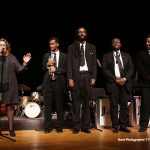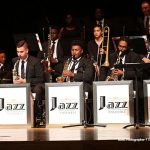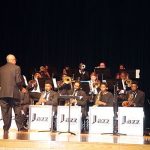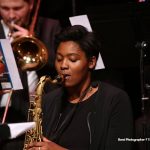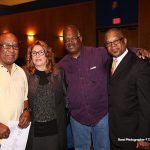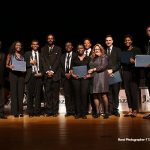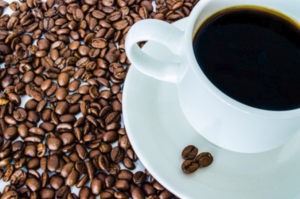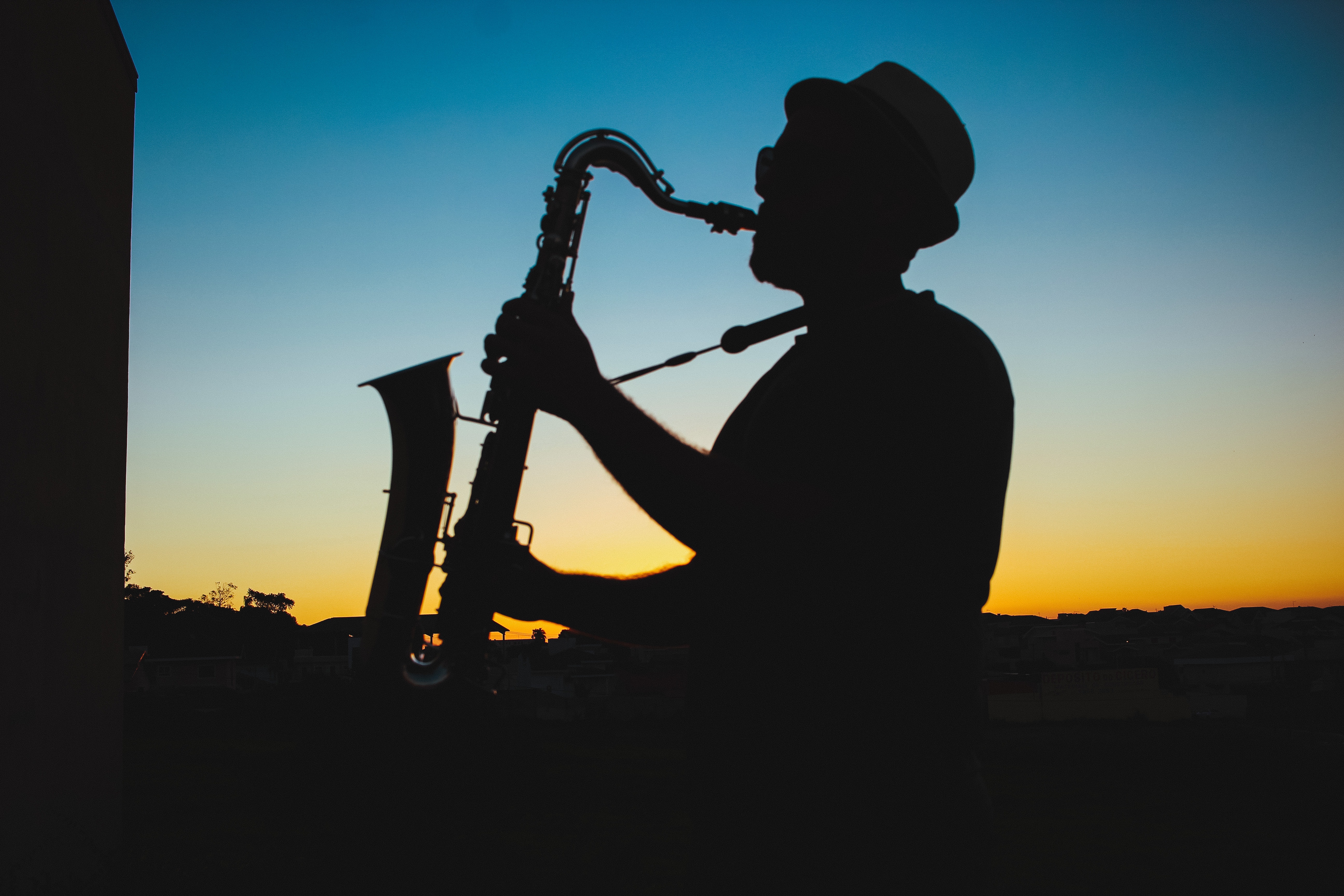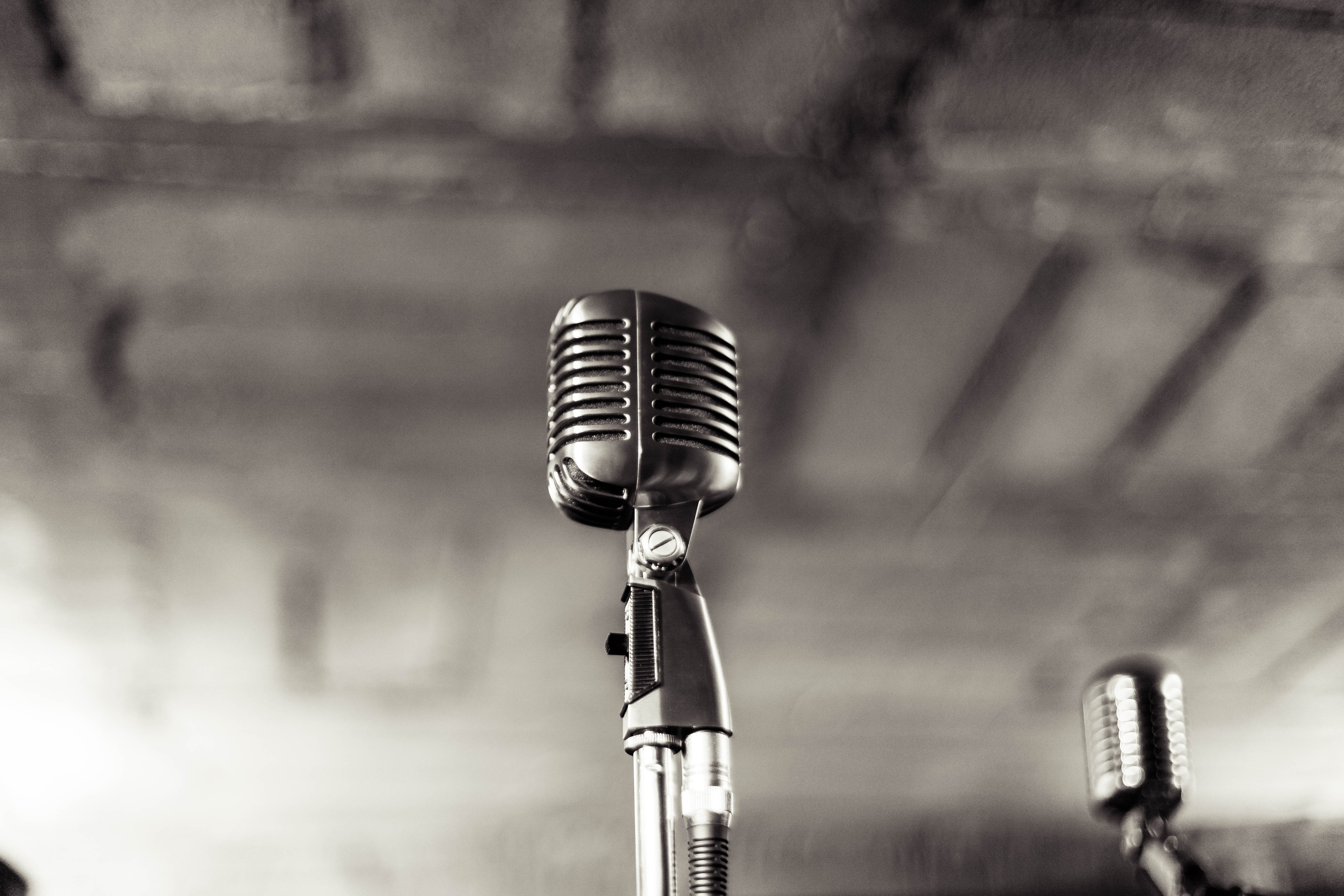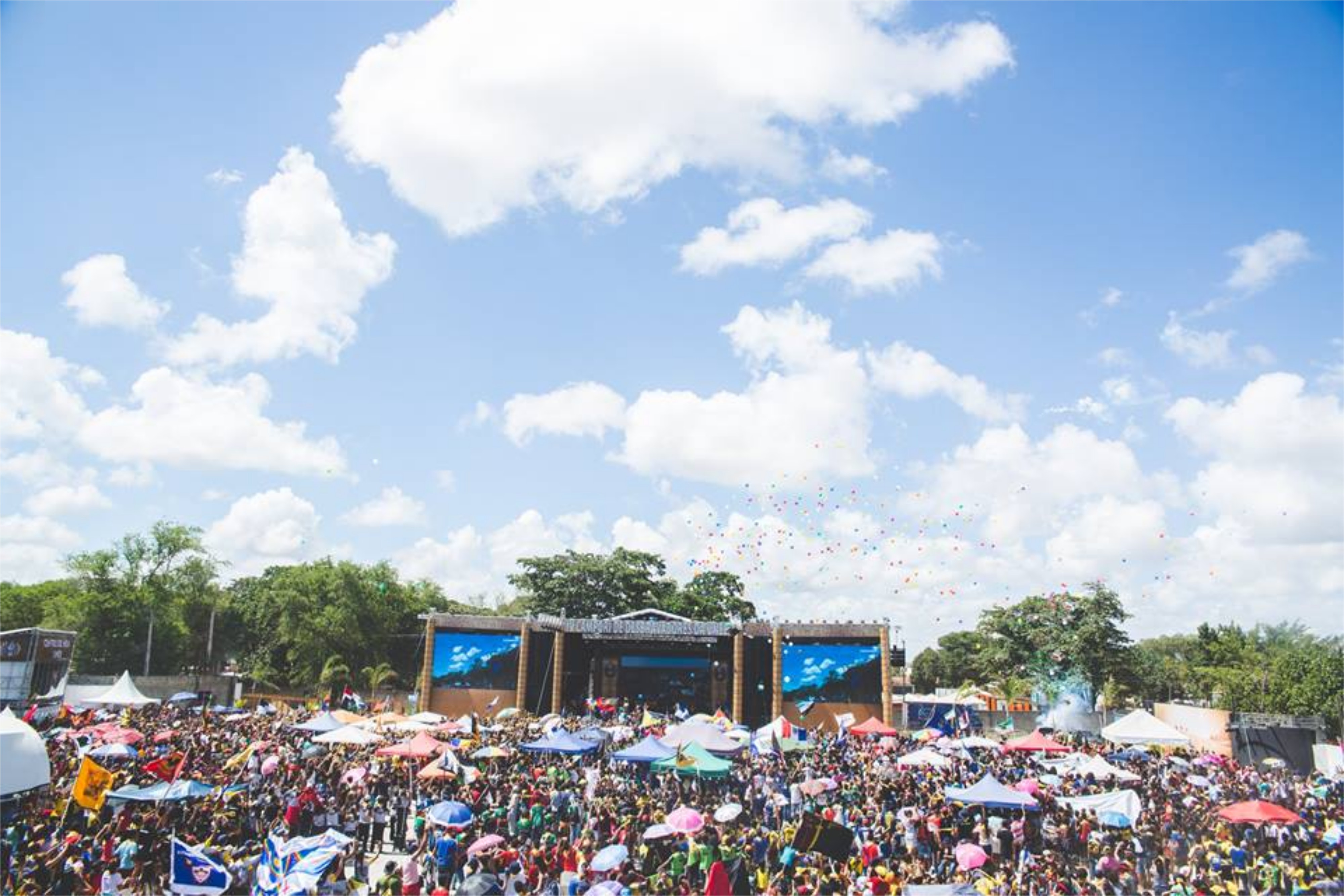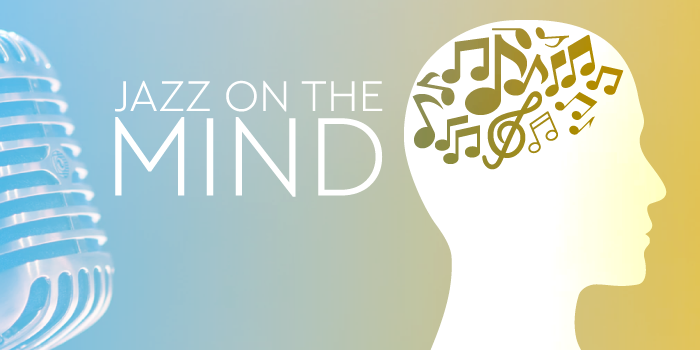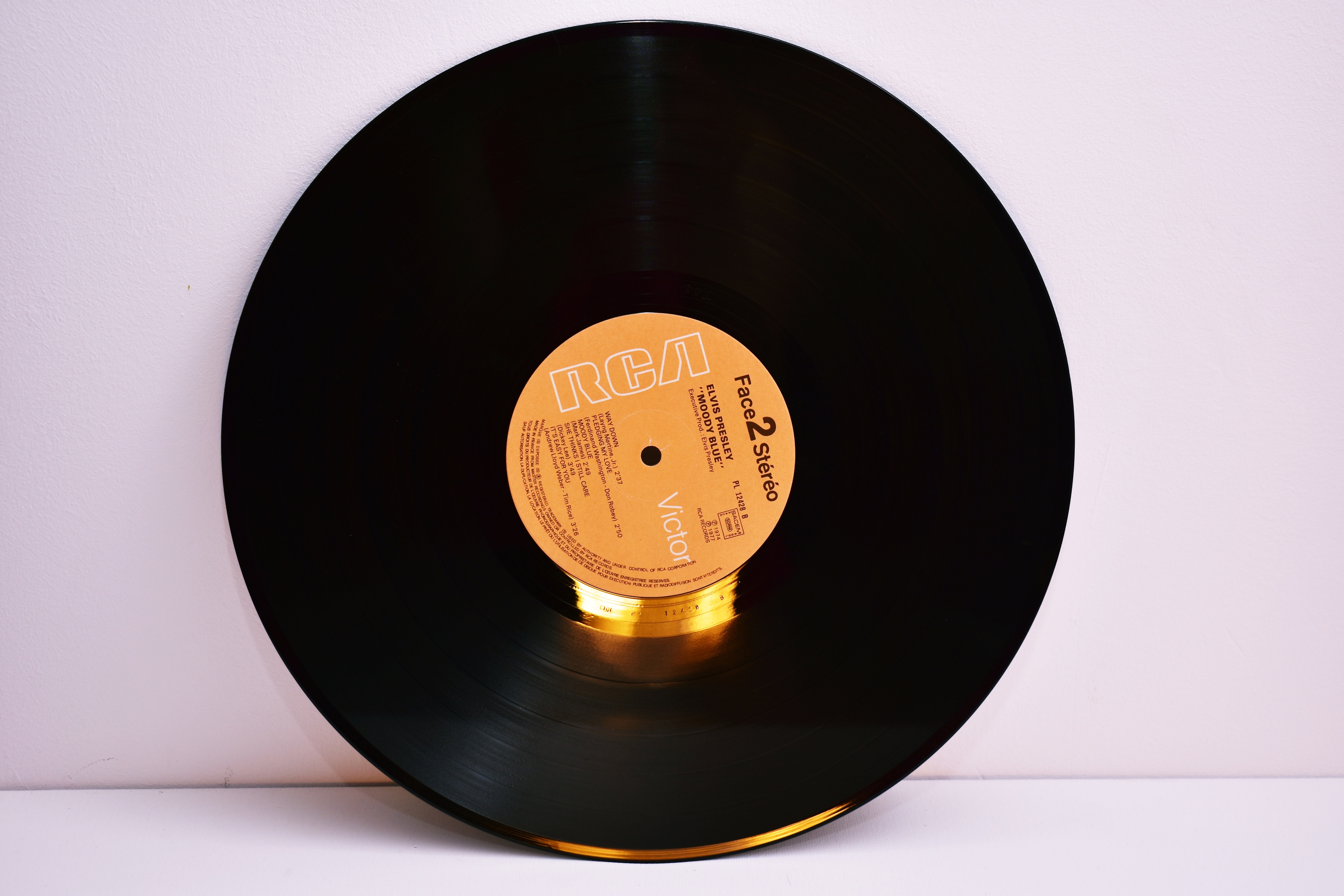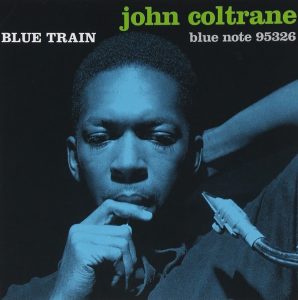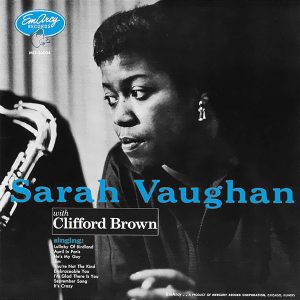Kathy Moses Salem Presents at Florida A&M University, Tallahassee
Article by Elizabeth Carney, Editor, Night is Alive
The week before Easter, Night is Alive Managing Director Kathy Moses Salem traveled to Tallahassee Florida – not for a vacation, but to give presentations at Florida A&M University. On Wednesday, April 17, she stood up in front of an audience of students and faculty to speak about her career and what it means to become a professional musician in today’s fast-paced world.
Some topics Ms. Salem touched on are universal, not merely specific to the music industry:
- If you’re on time, you’re late.
“You know time; you can keep time; so show up on time,” Ms. Salem said.
- Dress professionally.
“First impressions count. Make sure yours is a good one.”
- Keep your promises.
“Don’t say something unless you mean to follow through.”
- It’s not what you know, but who you know and what they think of you.
“Don’t be arrogant. Play well with others on and offstage! If people don’t like working with you, you won’t be hired a second time.”
- Remember your Third Grade Teacher.
“Write with good grammar. Remember your manners. Think back to those elementary school lessons and always put your best foot forward.”
The audience was interested and engaged throughout the presentation, that, with questions, lasted a full three and a half hours (from 1:00pm-4:30pm). Students even approached Ms. Salem, interested in music management, and asked if she would be willing to mentor them. “They seemed to love it,” Ms. Salem said afterwards. “I want to change how jazz is perceived. If these young people can get out there, go to jazz clubs and be a part of the audience, then we can start to make that happen. That’s my ultimate goal.”
On Friday, April 19, Ms. Salem attended an evening jazz ensemble rehearsal at the University to personally award six scholarships to students specially selected by their professors. A need-based award, the scholarships are given in the form of a personal check to give recipients the ability to focus more clearly on their studies. “Most scholarships can only go towards tuition, which is helpful sometimes, but what if a student needs a new set of tires?,” Ms. Salem mused. “What if they need groceries, or to help pay their family’s rent that month? That’s what these scholarships are for – to help students in need so they can attend the University and study jazz.”
